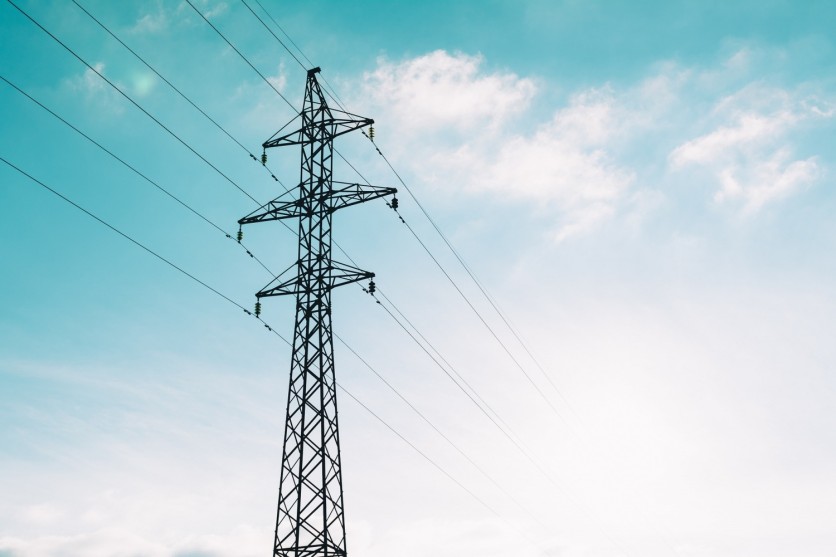Scientists at the Argonne National Laboratory are harnessing the capabilities of artificial intelligence (AI) to revolutionize the maintenance of the United States' energy infrastructure.
The State of the US Energy Infrastructure
The demand for power in the US is rising, with recent projections showing a nearly 5% increase in demand over the next five years. Energy companies are not only required to bring new plants online but also to maintain their existing infrastructure to keep up with this rapidly growing demand.
Renewable energy sources are slated to contribute significantly to the nation's power generation, and they are expected to provide a combined 44% of power by 2050. However, according to scientists, this transition necessitates the installation and maintenance of millions of inverters to support these renewable energy sources.
On the other hand, aging infrastructure poses its own set of challenges. Many hydropower facilities in the United States are over 70 years old and require extensive inspections and maintenance.
Similarly, the condition of the nation's power lines, delivery networks, and gas pipelines is a growing concern, as evidenced by the American Society of Civil Engineers' grade of C- for these systems in 2021.
The researchers noted that monitoring and maintaining the health of these energy assets is essential to ensuring the reliability and security of the electric grid.

Leveraging AI to Power the Energy Grid
Researchers at the Argonne National Laboratory have developed AI-enabled software that can predict potential failures in grid components. This software analyzes vast amounts of data collected from sensors installed throughout the grid to generate predictive models of wear and tear.
By doing so, it can recommend maintenance actions to be taken before any issues arise, ultimately saving energy companies time and resources. One of the key benefits that this approach promises is its ability to adapt maintenance decisions based on real-world data collected from the field.
Argonne researchers have demonstrated the practical utility of transitioning from lab models to field data for energy providers. Through projects such as solar inverters, they've shown potential cost reductions of 43%- 56%, decreased crew visits by 60%- 66%, and profit increases of 3%- 4%.
The goal is to provide energy providers with tools to ensure grid reliability and resilience. By preempting maintenance issues and minimizing downtime, the technology enhances the energy infrastructure's overall efficiency, security, and reliability.
The team further noted that AI-enabled prediction models can optimize maintenance at a grid level, which is vital for an uninterrupted power supply. Argonne's asset health management tool is also offered to operators to ensure future grid reliability and security, leveling the technological playing field for small energy companies.
"Our goal is to equip energy providers with the tools they need to ensure a reliable and resilient grid for years to come," said Feng Qiu, head of the Advanced Grid Modeling group at Argonne and leader of this research.
"With this technology, companies can make informed decisions about when and how to repair or replace equipment, ultimately enhancing the overall efficiency, security, and reliability of America's energy infrastructure," Qiu added.

ⓒ 2025 TECHTIMES.com All rights reserved. Do not reproduce without permission.




